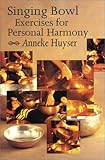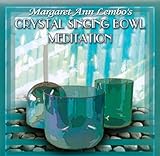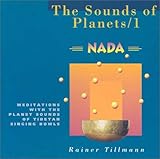SINGING BOWL (HIMALAYAN HEALING BOWL)



Singing bowls (also known as 'Himalayan bowls' or 'rin gongs) are type of musical instrument classified as a standing bell. Rather than hanging inverted or attached to a handle, standing bells sit with the bottom surface resting. The sides and rim of the bell vibrate to produce sound.
Singing bowls were traditionally used throughout Asia as part of Bon, Buddhist, nagapa and Antique singing bowls were made of bronze, an alloy of copper , tin and other metals. Antiques often include silver, gold, zinc, iron and nickel. Antique singing bowls produce multiphonic and polyharmonic overtones which are unique to the antique instruments. The subtle yet complex multiple harmonic frequencies are a special quality of the high quality polymetallic alloy. The art of making singing bowls in the traditional manner is considered a lost art.




Many new singing bowls are made to look antique and are often sold as 'antique' or 'vintage.' Most bowls on the market are new, even if they are advertised as 'old.' New bowls may be plain or decorated shamanic meditation practice. Today they are used worldwide for meditation, relaxation, health care and mystical and religious practice.Singing bowls were historically made in Tibet,Nepal ,Bhutan and some other region.





0 comments:
Post a Comment